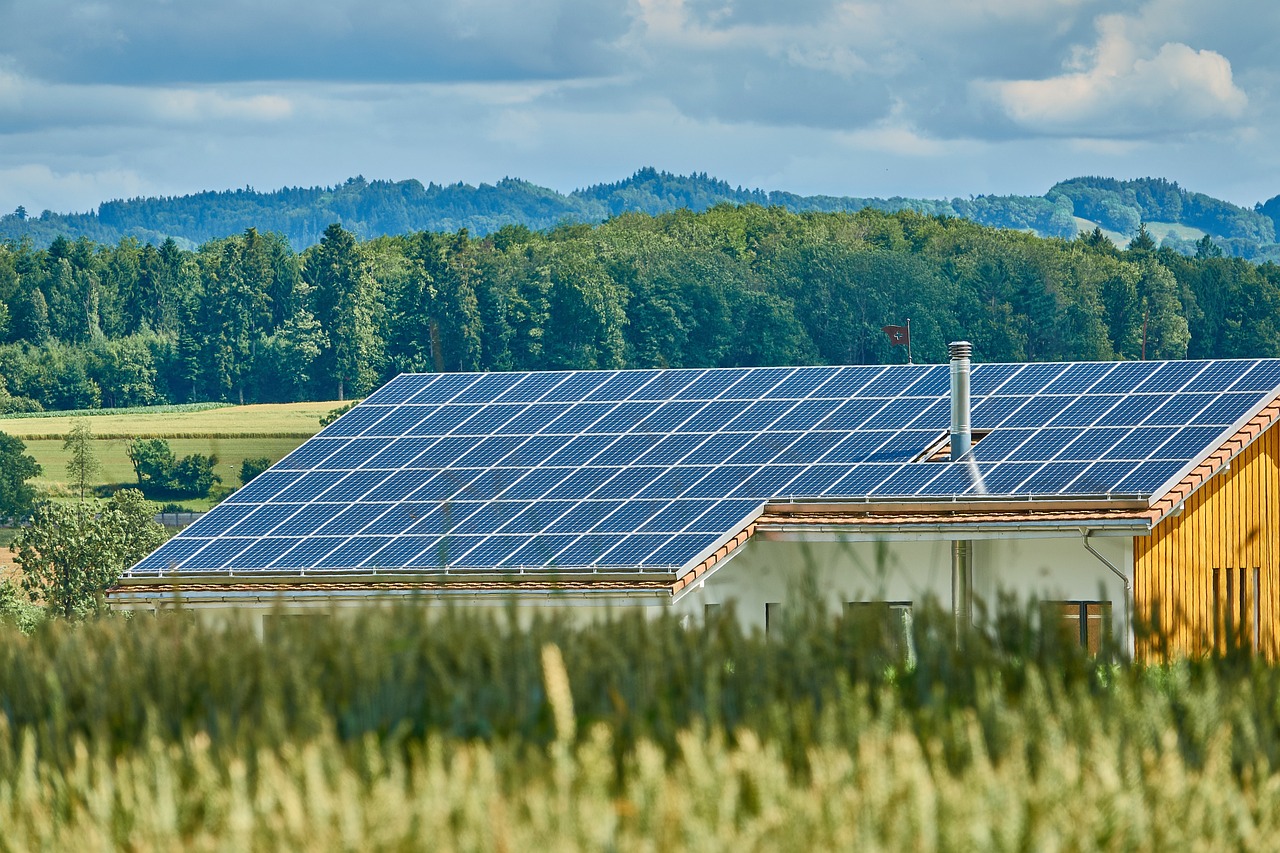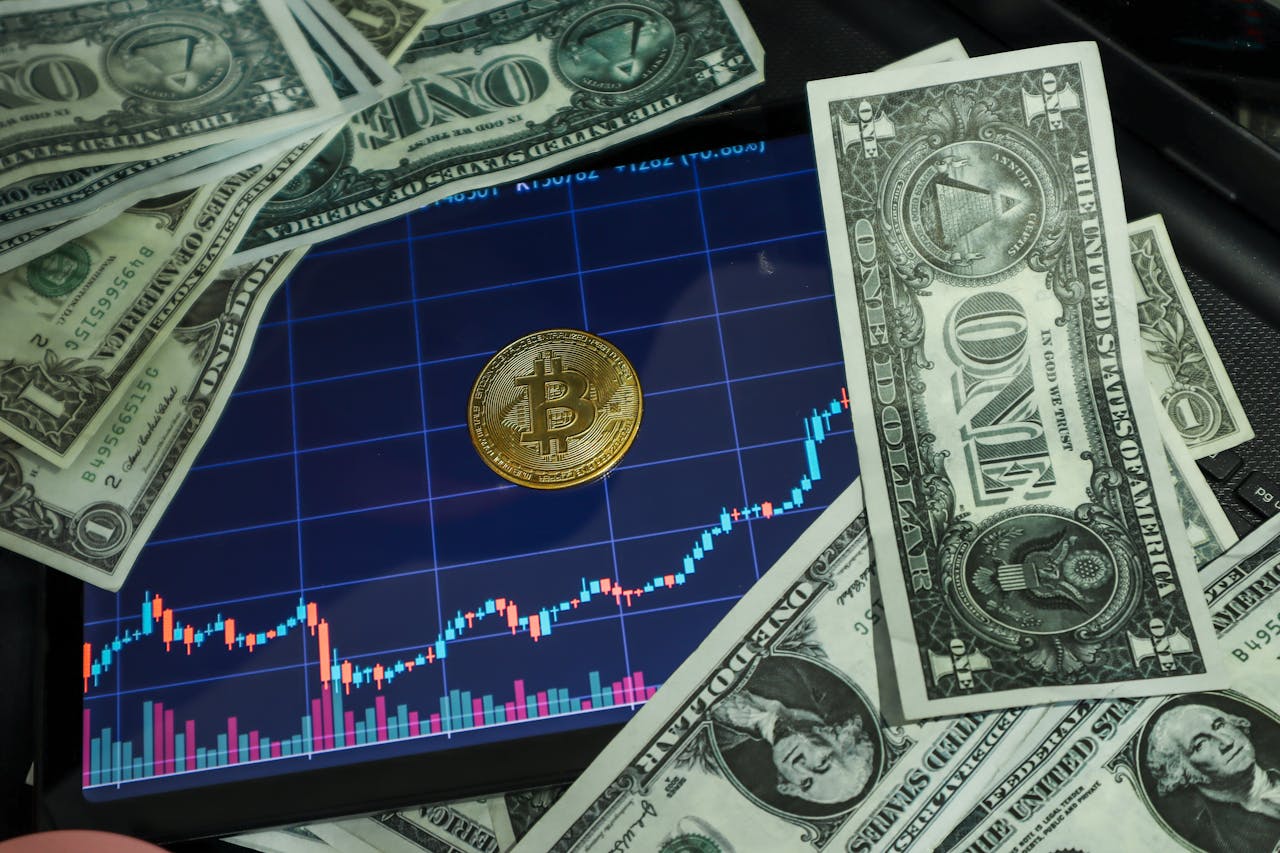Impact Investing
BIPV Boom: By 2032, Building Integrated Photovoltaics Will Be Worth Over $143B
The next moves by the European Commission and the trend toward a real estate stock composed of Zero Emission Buildings will mark the goal of BIPVs. Nonetheless, there are still some knots to be untangled to ensure full deployment of building-integrated systems. First problem is the cost of installing and manufacturing components, which is higher than for more conventional solutions

The market is ready and the increasing demand highlights its potential. The building-integrated photovoltaics market will reach $143.99 trillion by 2032.
After a 2022 closed with $19 billion in sales, the size of the BIPV – Building Integrated Photovoltaics – sector grew to $23.28 billion in 2023. Now estimates are for a steady growth of about 22.5 percent from now and for the next 9 years. That is confirmed by the Precedence Research Report.
Read more about BIPV and find the most important financial news of the day with the Born2Invest mobile app.
What is meant by Building Integrated Photovoltaics (BIPV)
BIPV technology seamlessly integrates photovoltaic technology within the building envelope, turning components such as the roof, walls, or windows into true clean energy generators. Building-integrated PV also completely eliminates the additional mounting structures usually required to install solar panels on top of an architecture.
Not only that. BIPVs can also be harnessed as shading systems for parking lots, canopies, and connecting pathways, combining two essential elements in counting a building’s energy needs: reducing solar gain, resulting in lower cooling costs, and producing clean energy directly on site.
The increasing demand for more efficient buildings, but also the need to minimize land consumption, will drive the BIPV market to exponential growth. Integrated PV technology encompasses multiple market segments, but alongside the more obvious ones, Building Automation System solutions are gaining ground in recent years.
Smart cities, smart buildings, and the quality of design and aesthetics of future green architecture will make the globle market for BIPVs a point of investment focus.
Which technology will dominate the market?
Two technology segments are driving the integrated PV market: thin-film technology and crystalline silicon solutions. Moving toward a historical moment characterized by increasingly extreme weather events, it will be the latter technology, i.e., the one that offers the most resilience, that will dominate the industry. According to the report, this technology is set to hold 70 percent of the market share in the next analyzed period, aided by declining prices.
Which Global Area will hold the largest share?
According to the report, it will be Europe that will grab the largest share. In 2022, the European integrated PV market held 40 percent of total sales, followed by the Asia Pacific regions with 29 percent of the total due to the rapid growth of the construction industry. In third position was the North American market with 21% of the total held by the United States and Canada.
The next moves by the European Commission and the trend toward a real estate stock composed of Zero Emission Buildings will mark the ultimate goal of BIPVs. Nonetheless, there are still some knots to be untangled to ensure full deployment of building-integrated systems. First problem is the cost of installing and manufacturing components, which is higher than for more conventional solutions. In addition, a skilled workforce will be required, which, on the other hand, will produce growth in employment levels.
Among the most celebrated examples of architecture that exploits the properties of building-integrated photovoltaics to improve its efficiency and aesthetics is the Gioia 22 Tower, designed by Pelli Clarcke Pelli Architects for Milan.
__
(Featured image by RoyBuri via Pixabay)
DISCLAIMER: This article was written by a third party contributor and does not reflect the opinion of Born2Invest, its management, staff or its associates. Please review our disclaimer for more information.
This article may include forward-looking statements. These forward-looking statements generally are identified by the words “believe,” “project,” “estimate,” “become,” “plan,” “will,” and similar expressions. These forward-looking statements involve known and unknown risks as well as uncertainties, including those discussed in the following cautionary statements and elsewhere in this article and on this site. Although the Company may believe that its expectations are based on reasonable assumptions, the actual results that the Company may achieve may differ materially from any forward-looking statements, which reflect the opinions of the management of the Company only as of the date hereof. Additionally, please make sure to read these important disclosures.
First published in Rinnovabili.it. A third-party contributor translated and adapted the article from the original. In case of discrepancy, the original will prevail.
Although we made reasonable efforts to provide accurate translations, some parts may be incorrect. Born2Invest assumes no responsibility for errors, omissions or ambiguities in the translations provided on this website. Any person or entity relying on translated content does so at their own risk. Born2Invest is not responsible for losses caused by such reliance on the accuracy or reliability of translated information. If you wish to report an error or inaccuracy in the translation, we encourage you to contact us.

-

 Business1 week ago
Business1 week agoThe TopRanked.io Weekly Digest: What’s Hot in Affiliate Marketing [uMobix Affiliate Program Review]
-

 Business2 weeks ago
Business2 weeks agoThe TopRanked.io Weekly Digest: What’s Hot in Affiliate Marketing [PureVPN Affiliates Review]
-

 Crypto2 days ago
Crypto2 days agoBitcoin Stabilizes Above $120K: Consolidation Signals Before Next Breakout
-

 Crowdfunding1 week ago
Crowdfunding1 week agoPMG Empowers Italian SMEs with Performance Marketing and Investor-Friendly Crowdfunding












